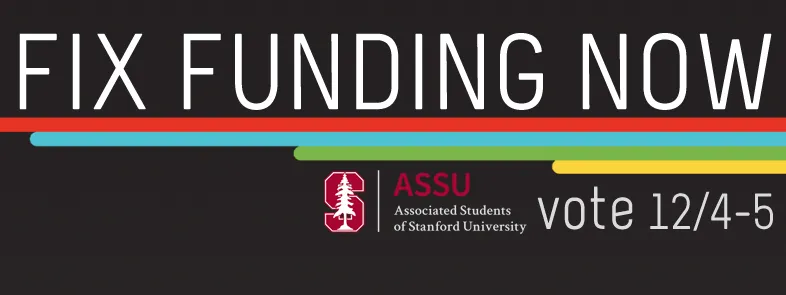Table of Contents
The short answer is no; Stanford voters don’t have a problem voting for female ASSU Senate candidates (or, clearly, for ASSU Executive candidates). The longer answer is sorta, kinda, no. Let me explain.
It’s been a while since I did any of my ASSU Senate econometric work and since I’m at home and just got my own copy of Stata, I decided to have some fun and try to tease out a few new things. One of the first questions that I wanted to answer was whether there was any bias against female candidates that might explain why the ASSU Senate is predominantly male (the 08-09 Senate had six girls, 09-10 had one, and this coming year’s Senate will have six) even though the student body is roughly evenly divided. The easiest way to answer this question is just to include a dummy variable for being female and then running the regression. Why might that not be the best strategy?
The answer comes as part of a broader look at who elects to run for Senate. Girls already seem to try to get on the ballot at a lower rate than men. Of the 85 people who successfully got 100 or more petitions in the past two elections, only 24 were girls (28.2 percent). However, something interesting happens between the end of petitioning and election day: people drop out of the election. In total, over the two years for which I have gathered information, 21 people dropped their candidacy (in spite of qualifying). The interesting note here is that the people who drop (unsurprisingly) are not random: in particular, 8 of these people were girls (38.1 percent). Indeed, what makes this even more interesting is that the girls who drop out are, by and large, not people who barely qualified. The average number of petitions for the boys who dropped out was 117.2 and 53.8 percent of them had less than 110 petitions (one outlier pushed up the average significantly). For girls it was 123.4 and only 25 percent of the girls who dropped out had less than 110 petitions. Not only are girls more likely to drop out of the running, but they’re also better candidates. No candidate in my dataset has won with fewer than 110 petitions, so the men who drop out are (for the most part) those candidates who would have been unlikely to win anyways. The same cannot be said for most of the female dropouts.
What can be done to analyze this further? In econometrics, there is a specialized regression that aims to correct for selection bias. In essence, this technique (the Heckman correction, for those of you keeping track at home) aims to determine what causes people to select into the group of people for which we observe the outcome of interest and then controls for that bias. In the case of ASSU elections, we’re looking for what causes people to choose to stay on the ballot after getting 100 or more petitions and then, controlling for that, we’re looking at what factors are associated with getting more votes. Here are the results:
This brings us back to the original point I made at the top of this post: there’s no overt discrimination against female candidates at the ballot box, but for some reason, girls tend to drop out of the race (and there aren’t very many of them to begin with). Why is that? There are a number of possibilities. First and foremost is the idea that these female candidates may not get the endorsements that they anticipate and, lacking these endorsements, they leave the race. The mechanism for how or why groups might disproportionately not endorse girls for the ASSU Senate is uncertain (and I don’t have the data on the rate of successful application for endorsements for girls and boys, so I can’t say for certain that this is true), but it’s a possibility. This possibility is the source of my “sorta, kinda” from above: if there’s discrimination in endorsements or a lack of encouragement for female candidates that causes them to drop out, then that would reflect some sort of bias.
Another possibility, supported by evidence from experimental economics, is that girls dislike competition more than boys and thus, after looking at the number of candidates, might reconsider their bid for office. In a 2003 paper, economists Uri Gneezy and Aldo Rustichini found that men and women were equally successful at a task when they were paid on an individual basis, but that men greatly outperformed women when payment was conditional on being the best at the task in mixed gender groups. In a 2007 paper, Stanford professor Muriel Niederle and her co-author Lise Vesterlund found that women, although just as good as men at the task at hand, were much less likely to prefer to enter a tournament that would quadruple their earnings if they won (but give them nothing if they did not), instead preferring to be paid on an individual basis.
To a certain extent, this finding could help explain the results that we see. Some girls select out of the pool of candidates because they prefer not to compete, but those that remain are (like those that left) every bit as capable of winning. And what’s the takeaway if you want to see more female Senators? Encourage more girls to run and keep the girls that petition in the race! They don’t face a disadvantage in the open election, so having them drop out is the only way for them to lose for sure.
Also, I decided to add an additional selection factor based on whether a freshman was a member of Frosh Council during the election year and here are those results (nothing new or significant, but I thought that I’d share):








